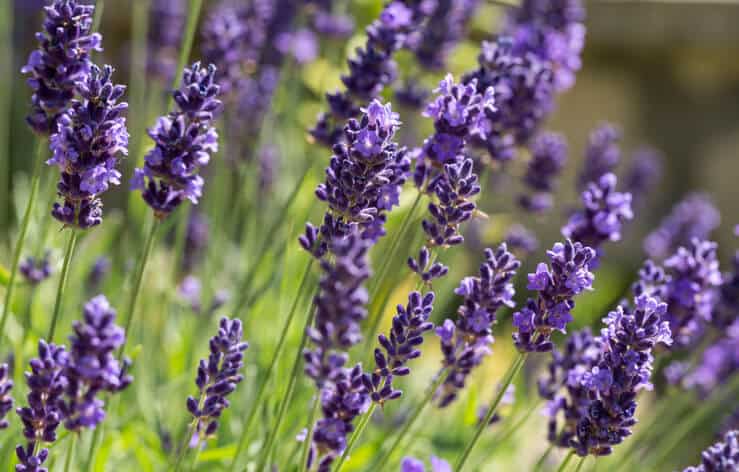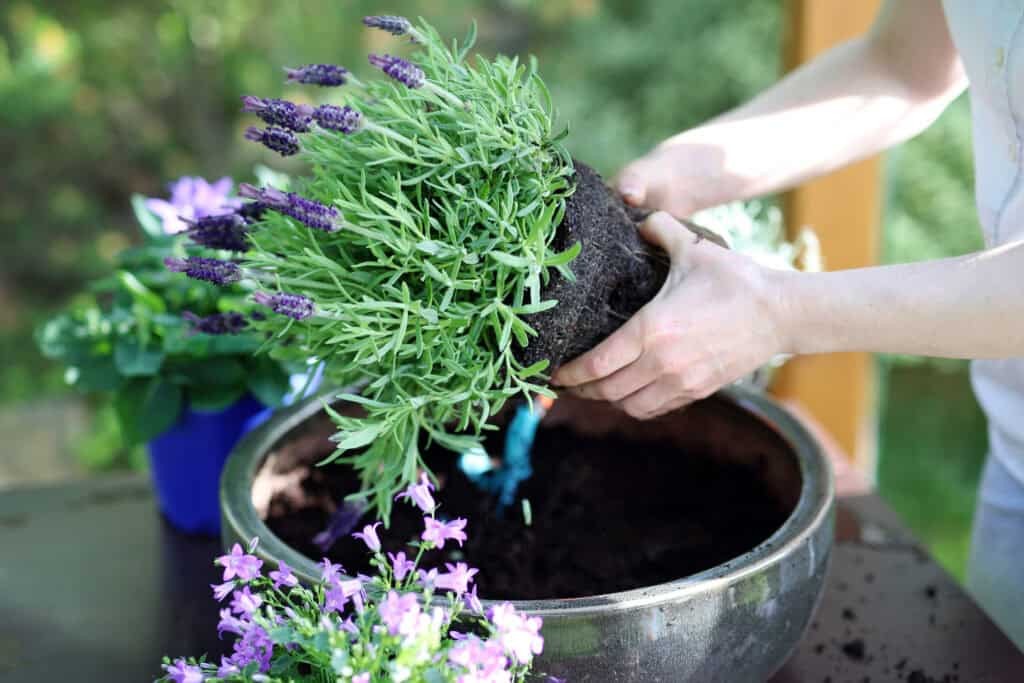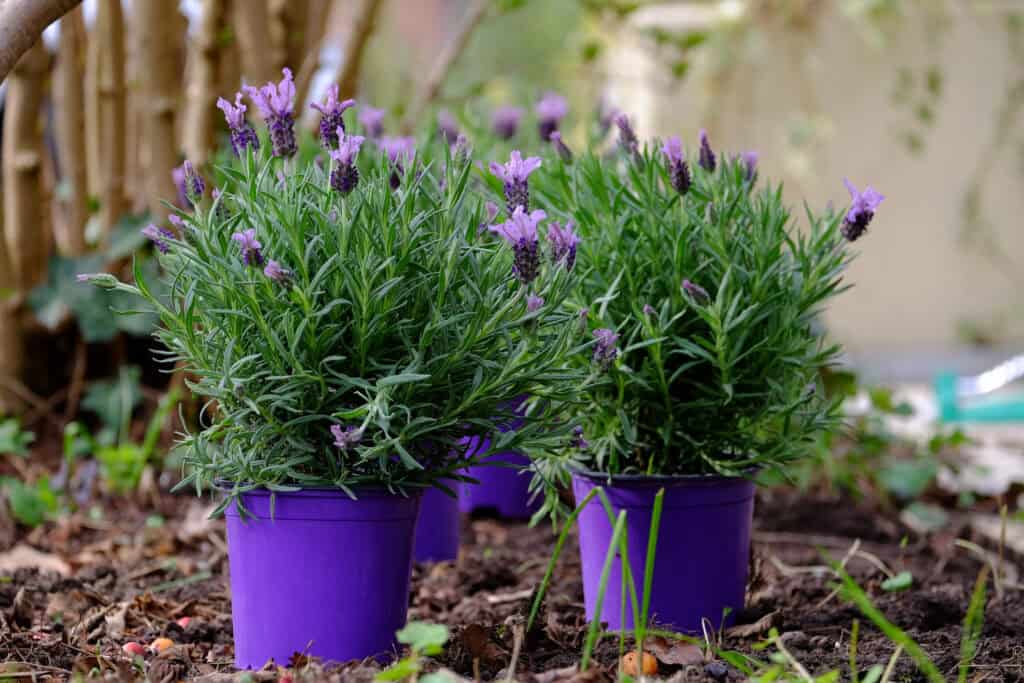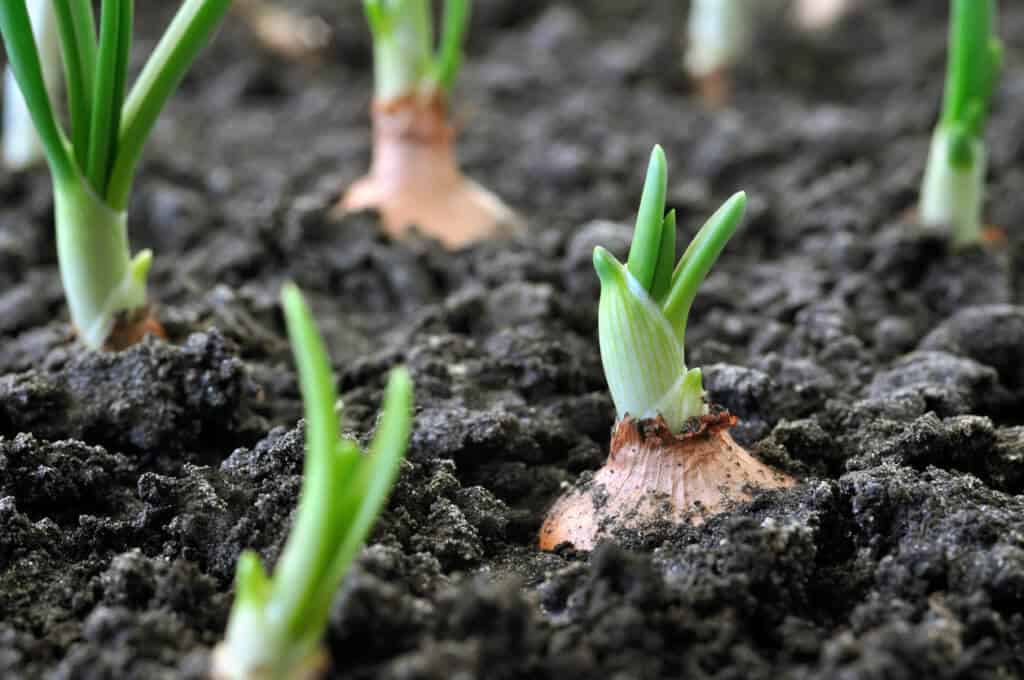The ABCs of Growing Lavender
In recent years, Lavender farms in the Texas Hill Country have been sprouting up and thriving. But you don’t need a farm to grow lavender. Growing lavender is a breeze, even for those without master-level gardening skills! One, two, or just three plants in your Travisso garden or in a pot on your deck will provide you with beauty and an incredible scent.
This beloved herb packs a large presence with its shrub-like appearance and fragrant purple blooms. Its narrow spikey leaves are part of the mint family, giving off sweet aromas to enjoy while tending your garden. There are over 400 varieties of lavender that can be grouped into three main categories: English, Non-English, or English hybrids. Choosing the right variety for your soil and climate is key. In some southern states, the French or Spanish varieties thrive because of their tolerance to higher humidity levels.

Who knew this rural corner of Texas could be the perfect place for such a beautiful plant? Our Texas Hill Country climate creates an ideal environment for lavender, specifically, two common varieties of hybrids known as lavandins—Grosso and Provence. Grosso blooms from the middle of April to June. The most common variety is Provence. It blooms from late July through October. Most Hill Country farmers grow Provence because of its adaptability to our rocky soil. Also, since Provence is an English hybrid, it can adapt to our heat and humidity.
Lavender is Easy to Grow
Lavender is the perfect plant for those of us with little experience in horticulture! While it needs love and attention, you won’t have to break out your green thumb too often. It only requires six hours of sunlight a day and minimal water once established – so you can enjoy beautiful blooms without breaking a sweat.
For foolproof, beautiful purple blooms every year, follow these tips and tricks:
- Plant in rocky soil that is mounded up or in raised beds.
- If you are planting lavender in a pot just be sure you choose a large pot. Lavender can grow quite large. You may have to replant in the ground in the future if your lavender is going to survive.
- Lavender prefers a high soil pH and quick drainage.
- Use caution when watering. Water immediately after planting. However, after your plant is established, watering once a month is fine. Or, better yet, monitor the amount of rainfall. You may not need to water at all if a sufficient amount of rain has fallen.
- Plant in fall or spring with November being the optimal month. Planting in spring could be risky since the opportunity exists for an over-abundance of rainfall.
- Do not fertilize.
- Do not use a sprinkler system.


Lavender and its Many Uses
If you’re looking for a versatile way to take your health and home up a level, look no further than lavender! With antiseptic properties that help heal burns or cuts and its calming effects on stress – it’s the perfect combination. Plus, there’s an abundance of lavender products, from sprays to candles and even teas, giving you plenty of different ways to enjoy this special flower. When trying out cooking with lavender in dishes like desserts or savories, make sure not go overboard – its strong minty rosemary flavor can be overpowering if added too much!
Learn all about lavender and explore the Texas Hill Country during Blanco’s annual festival which happens annually in June. Experience three days of food, music, a market, informative speakers, a wine tent, arts and crafts, and more.
Want to learn more? Visit the KLRU Central Texas Gardener website for more information.
Looking for more ways to expand your garden?
At Travisso, gardening is a year-round opportunity for residents. Check out our gardening calendar to see what grows best and when.

Sign up to receive the latest news about Travisso
Explore Life at Travisso
So much more than just a place to live – Travisso is a lifestyle designed with convenience and relaxation in mind. Whether you’re busy professionals or empty nesters seeking tranquil retirement living, our master-planned community provides everything you need. From the moment you drive into Travisso, you will find an extraordinary community filled with luxuries and beauty unmatched in the area.


